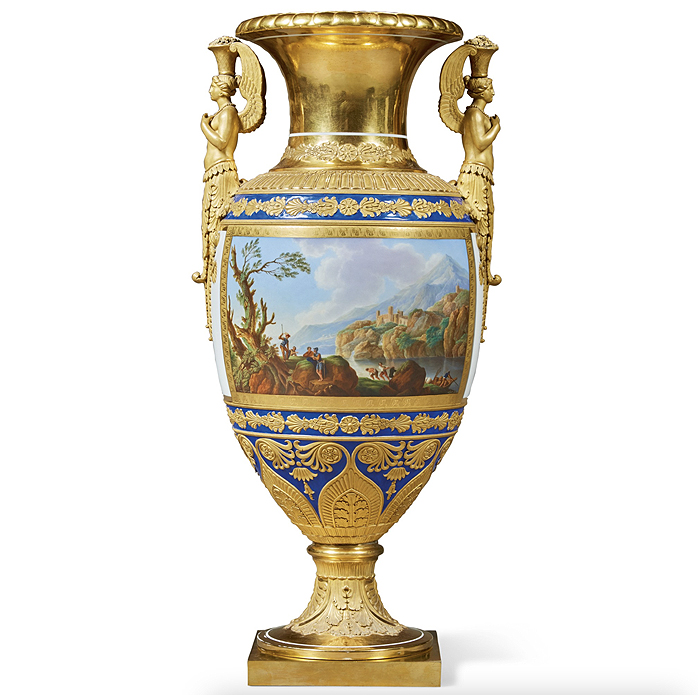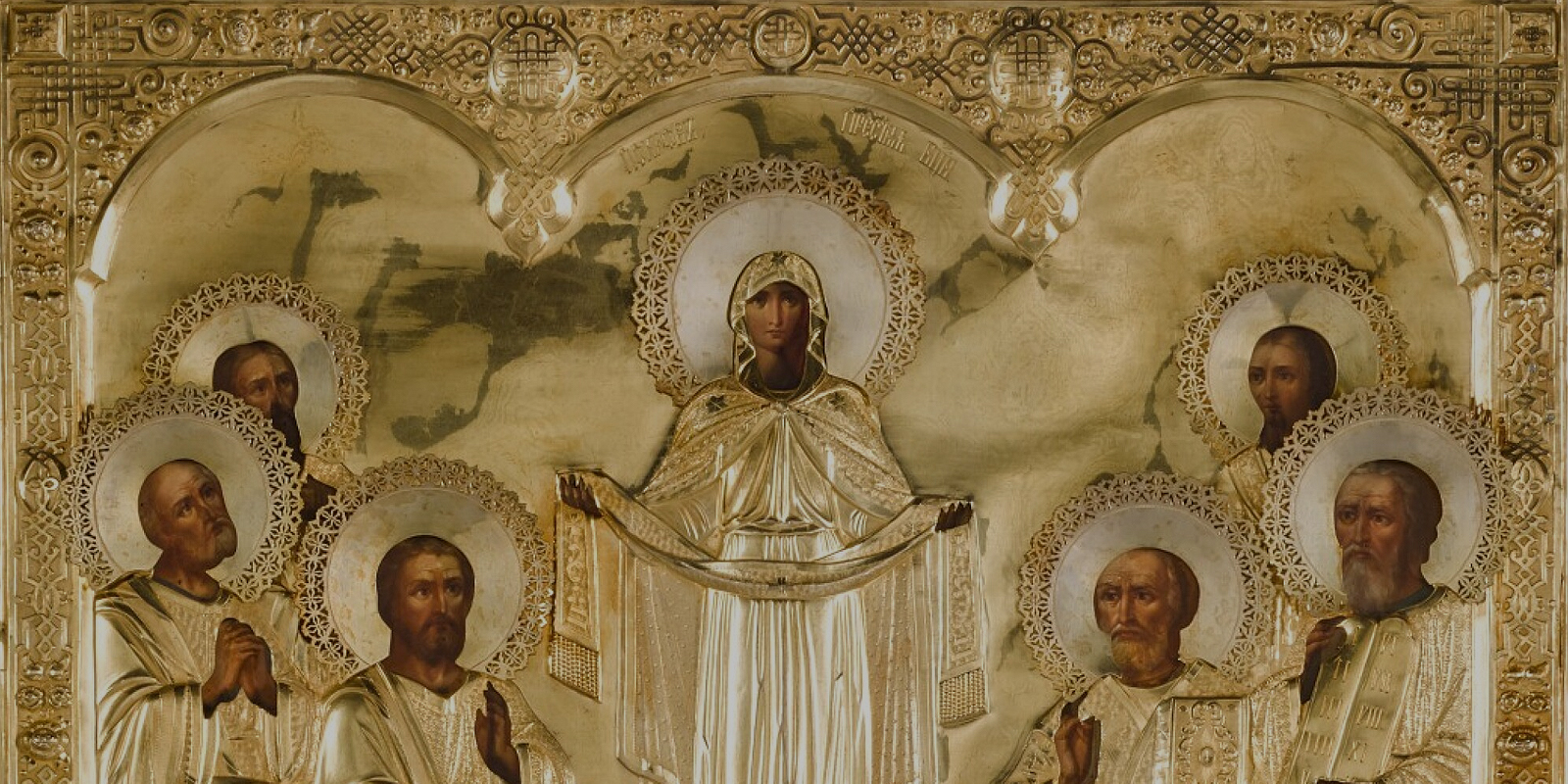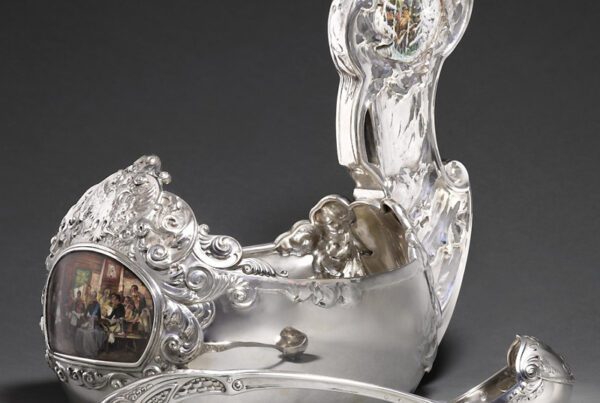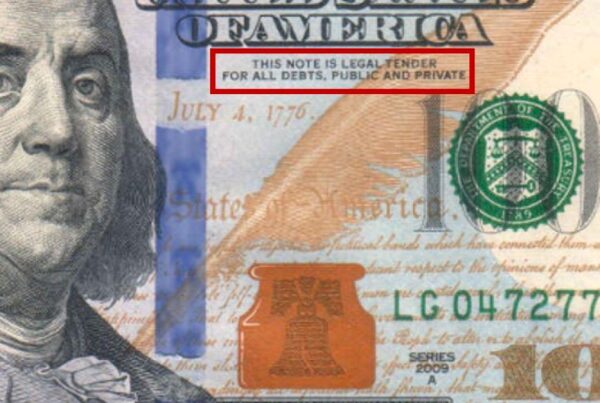FABERGE
Take a look at the Sotheby’s on-line catalogue for their Works of Art session on the afternoon of November 30. What’s the word BID doing there, just below the estimate? What does it mean? Is it the reserve? (I thought Sotheby’s never divulged those). Is it there to confuse people? Is it some kind of suggestion as to the lot’s value? There’s no explanation. The figure next to BID for the first item in the session (Lot 401) is 80% of low-estimate. The figure next to BID for the next item in the session is 70% of low-estimate. What’s going on?
Lot 401 is a ‘rare and impressive’ bowenite table-box by Wigström in the form of a goat’s head (est. £30,000-50,000). I’m always bemused by the word ‘impressive.’ Why does it need to be in the description ? It might be impressive to one guy and a ugly piece of shit in the eyes of someone else. To impose such subjective terms on the public is stupid and irresponsible.

Lot 405, A Fabergé jewelled gold-mounted guilloché enamel, rock crystal and nephrite model of an apple blossom
Lot 405 is a ‘rare and impressive’ jewelled gold-mounted guilloché enamel, rock crystal and nephrite model of Apple Blossom (est. £150,000-250,000). I can tolerate the word ‘impressive’ here as this is truly a great piece, with stellar Imperial and Rockefeller provenance. In fact, its estimate and that of the following lot – a nice little model of a Violet (est. £250-350,000) – should be the other way round.
Lot 407, a Wigström study of a Pansy (est. £60-80,000), is a cute, puny thing. I’ve never seen flowers of this size before. ‘There’s always a first time’ as the saying goes.

Lot 410, A Fabergé silver-mounted guilloché enamel and dendritic agate desk clock, workmaster Michael Perkhin
Lot 410 is a very strange-looking square clock (est. £45-65,000). Fabergé purveyed beautiful things, but this clock looks like it has cockroaches or some kind of insects crawling over the surface of its white enamel. Another clock ascribed to Perkhin looks rather better and is in good condition – although, again, no masterpiece (Lot 440, est. £60-80,000). I do hope it sells, even at the low estimate.
The sale contains countless decorative eggs – a real eggorama, good if you’re stocking up early for Easter. Most of the animal figures are made of bowenite – not the most beautiful material. It looks like soap. I hate it. As far as the level of carving is concerned, no great shakes – though most items seem to have some provenance.
One that doesn’t is Lot 463, an Elephant (est. £8-12,000). Why this should be called Fabergé I’ve no idea. As we know, Mr Ivanov from Baden-Baden has dozens if not hundreds of recently carved animals, many of them elephants. This one should have been catalogued as, at best, ‘attributed to’ or ‘possibly by’ Fabergé.
The same applies to Lot 468 (est. £7-9,000) – another Elephant, this time in jasper. The quality of the carving leaves a lot to be desired. It could be said to be ‘probably’ Fabergé at best. The catalogue entry contains a load of irrelevant tosh about the Danish wife of Alexander III, linked to elephants being an heraldic emblem of the Danish royal family. Criminally misleading! What on earth does this elephant have to do with the imperial family?
Lot 469 is another ugly Elephant (est. £5-7,000), carved by some second-class journeyman. What makes it Russian? Just because it’s made from purpurin, a stone used in Russia? It’s dated circa 1900. On what grounds? How is it possible to prove that? The carver could have been a janitor or a refuse-collector, for all we know. The quality is atrocious.
The same questions are raised by the next lot, a purpurin Hen (470 est. £8-12,000). The piece is not marked, so why is it called Fabergé? Why not say ‘after Fabergé’ or ‘possibly Fabergé’? The carving is very, very poor. To call it Fabergé is not only ambitious but a total insult. Take a look at the Woolf Collection at Christie’s to find out what Fabergé carving is truly all about. This is a joke.
There is, however, a trio of nice Fabergé silver animals further on: a Rooster salt-cellar (Lot 487, est. £7-9,000); a Dolphin salt-cellar by Rappoport (Lot 488, est. £12-18,000); and a seated Boar bell-push (Lot 489, est. £30-40,000).
NON-FABERGE
Then come pots, pans and all sorts of different things – decanters, cut glass, silver. All equally boring. And that applies to the porcelain. We’ve seen it all many times, especially the military plates. There seems to be a never-ending supply.

Lot 531, A Porcelain Vase, Imperial Porcelain Factory, St Petersburg, Period of Nicholas I, 1834
Lot 531 is a ‘rare and impressive’ porcelain vase from the ‘Period of Nicholas I.’ I’ve seen many vases like this one. What’s rare about it? It’s ‘quite rare’ at best. Is it impressive? No, it’s just a nice average vase from the Imperial Factory of that period – nothing more than that. Over the past forty years we’ve seen dozens and dozens of similar vases. This one’s pretty but small. If it was 1.5m tall, then it would be impressive. During yesteryear this sort of vase would easily have commanded £350,000-400,000. Here it has a helluva low estimate: £100,000-150,000, commensurate with today’s new reality.
Two Nicholas I Imperial Porcelain cache-pots have beautiful floral paintings (Lot 534, est. £80-120,000). Then come figurines – boring, boring – and a never-ending supply of those Soviet porcelain plates I hate. Lord knows where they come from. Most of the designs we’ve seen before.
Then there’s a group of enamels, with an unusual gem-set silver-gilt and cloisonné enamel two-handled bowl by Rückert (Lot 592, est. £30-40,000). Then some cigarette cases, one nicely enamelled, mostly nothing to look at.

Lot 620, A silver-gilt and cloisonné enamel icon of Christ Pantocrator, Ovchinnikov, Moscow, 1889
The Icons include a silver-gilt and cloisonné enamel icon of Christ Pantocrator by Ovchinnikov (Lot 620, est. £40-60,000). Lot 625 is described as a ‘silver-gilt and cloisonné enamel icon’ of St Nicholas & St Alexandra dating from 1895 (Lot 625, est. £12-18,000). The cover is more silver foil rather than heavy-duty silver oklad and, quality-wise, the painting is lousy. Sotheby’s display stand, at their Mayfair viewing, claimed that it showed Tsar Nikolai II and his wife Alexandra depicted as saints. Are you mad! They were assassinated in 1918 – and only canonized by the Russian Church in 2000. If Sotheby’s don’t have staff who know about Russian history they should call in some experts! Whoever’s in charge of Sotheby’s Russian sales these days needs to get his or her act together. Nikolai and Alexandra are common Russian names: this is just a simple family icon of Dyadya Kolya and Baba Sasha. I can’t say who it originally belonged to – but it certainly had nothing to do with the Imperial Court!
A silver-gilt and cloisonné enamel icon (Lot 627, est. £12-18,000) by Semyon Galkin (Moscow 1908-17) is described as depicting the Mother of God being ‘Quick to Listen’ – a ludicrous translation. The plaque actually reads ‘Mother of God, joy to those who Grieve’ (or Suffer). Just who is Sotheby’s ingenious expert and their translator? Who writes their sometimes laughable catalogue entries?
There are some decent, commercial-looking icons a little further on: an interesting silver George & Dragon icon by Grachov (Lot 640, est. £15-25,000); a beautifully painted miniature-style icon with maker’s mark I.Zh (Moscow 1886) showing St Nicholas the Wonderworker and the Archangel Michael (Lot 652 est. £20-30,000); and a fine, painted Moscow icon of St Anna of Kashin from the workshop of Alexei Vashurov (Lot 653, est. £20-30,000).
Then there’s a succession of mediocre silver stuff before we come to a silver-gilt and niello pendant (Moscow 1794) depicting Christ and other saints (Lot 671, est. £4-6,000). A large silver-gilt and enamel presentation cup (Lot 683 est. £25-35,000) and a silver tankard (Lot 684, est. £8-12,000), both by Ovchinnikov, are good-looking pieces. But then come some boring bronzes of the type we see all the time at Christie’s and Sotheby’s – 25 bronzes in their two sales, this time round. Just who needs them?









